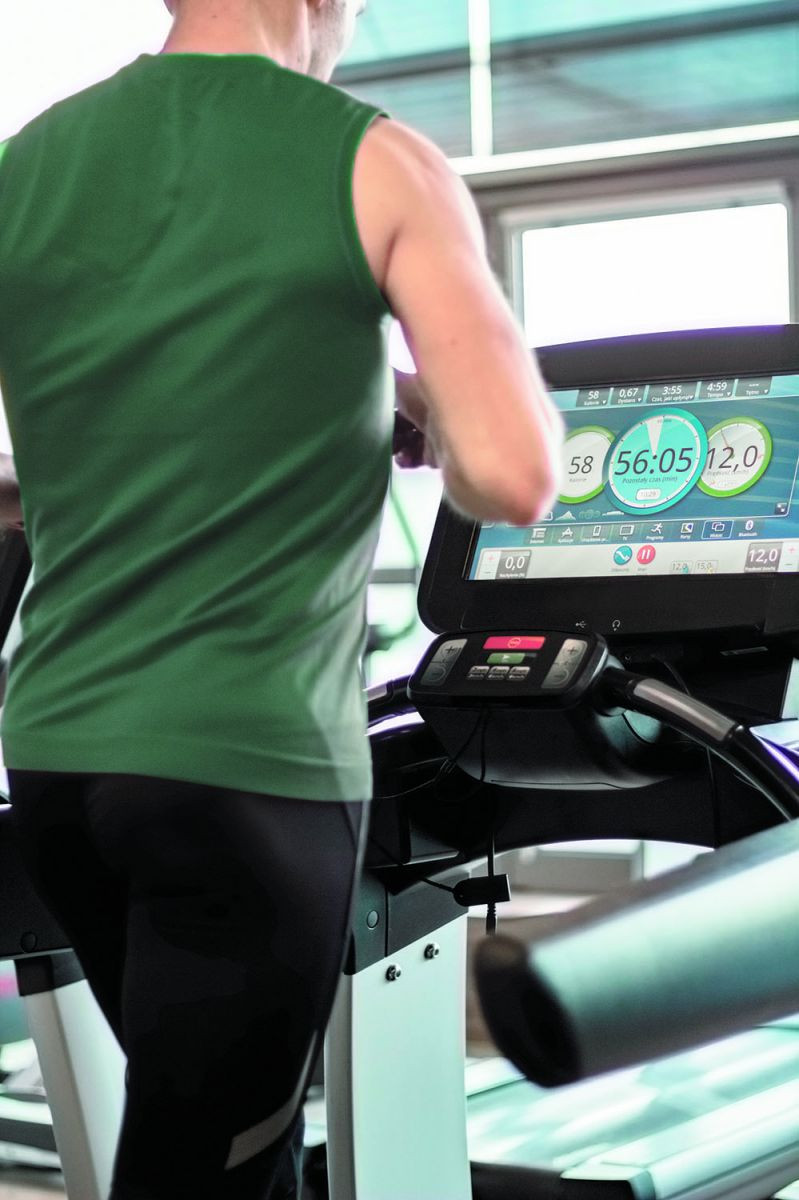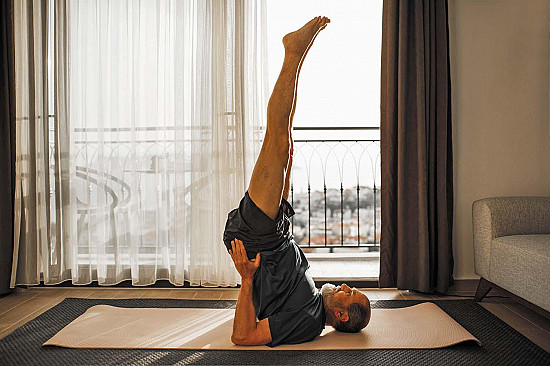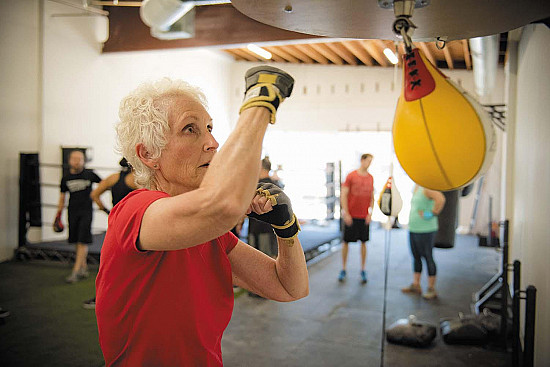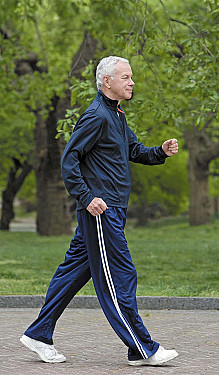Get smart about treadmills
Treadmills are among the most effective types of exercise equipment — if you know how to use them.
 Cardio exercise is essential for all-around health, but many older men have trouble hitting the recommended 150 minutes of moderate-intensity exercise per week. And some people may have limitations that prevent them from doing traditional cardio workouts like walking, running, or swimming.
Cardio exercise is essential for all-around health, but many older men have trouble hitting the recommended 150 minutes of moderate-intensity exercise per week. And some people may have limitations that prevent them from doing traditional cardio workouts like walking, running, or swimming.
But there may be another option: the standard gym treadmill.
"While treadmills may seem boring, they can offer a good alternative for exercise, depending on how you use them," says Dr. Adam Tenforde, with the Department of Physical Medicine and Rehabilitation at Harvard-affiliated Spaulding Rehabilitation Hospital. "There is so much more to treadmills than just 'push the button and start walking.'"
Multiple benefits
The machines can target the key muscle groups that older adults need to strengthen to improve balance and endurance, such as quadriceps, calves, glutes, and hamstrings. "They also can be helpful for people recovering from an injury or surgery, since you can control the speed and intensity, and they are equipped with handrails for added support when needed," says Dr. Tenforde.
Treadmills offer a safe environment, too, free from unpredictable footing and adverse weather conditions. Another advantage is they can be programmed for individualized workouts. "You can easily vary the speed and incline to focus on specific goals," says Dr. Tenforde
Most treadmills monitor intensity with hand sensors that measure your heart rate, but that's not the most accurate approach. A better way to gauge your effort is to use what's called the rate of perceived exertion, which involves ranking your sense of how hard you're working on a 1-to-10 scale, with 1 being low and 10 being high. For instance, a rate of 5 to 7 is consistent with a moderate-intensity level where you work hard, but can maintain a conversation and do not overexert yourself (see "Rate of perceived exertion").
Rate of perceived exertion |
||
|
Zone |
% of max heart rate |
Perceived exertion rate |
|
1 |
50–65 |
5–6 (easy/comfortable) |
|
2 |
65–75 |
6–7 (challenging but comfortable) |
|
3 |
75–85 |
7–8 (challenging and uncomfortable) |
|
4 |
85–95 |
8–10 (breathless; not maximum, but winded) |
Workout routines
Here are three treadmill routines you can add to your exercise program that address different needs: speed, endurance, and muscle building. Whichever one you choose, do it for 10 minutes at first, and then gradually build up to 20 to 30 minutes as you progress.
Take the time for a five- to 10-minute warm-up, in which you walk at a slow pace, and do the same at the end to cool down. This helps reduce your risk of injury and improves post-workout recovery. You also may need to begin with a lower level of intensity at first — around 4 or 5 on the exertion scale — and gradually increase it over time.
"Also, don't assume that you must exercise at a certain speed if it does not meet the goals of that day," says Dr. Tenforde. "For example, if you had a poor night's sleep, you might need to exercise at a slower speed and intensity to achieve the same effort as usual." (As always, talk to your doctor first about commencing any exercise program.)
Routine 1: Incline (endurance and muscle building). An incline setting generates more muscle activity than walking on a flat surface since you work against gravity. A small 2014 study in the journal Gait & Posture found that incline treadmill walking could benefit people with knee osteoarthritis and knee replacements.
-
The workout: Begin walking at a zero-grade incline at an exertion of 3 or 4 for up to two minutes, then increase to level 1 incline for another minute or two. Repeat the routine until you reach an incline level where you work at 5 to 7 exertion and try to maintain it for a minute or longer. Then reverse the routine until you reach the zero-grade incline again. It is fine to stay at an incline longer, or to exercise at a lower exertion rate, until you are more comfortable.
Routine 2: High-intensity interval training (HIIT) (speed, endurance, and muscle building). HIIT involves alternating between set periods of high-intensity work and rest. The high intensity is at an exertion rate of around 5 to 7, while you rest at a rate of 2 or 3. "HIIT is based on your individual exertion, so adjust the treadmill to match this desired effort," says Dr. Tenforde.
"The point with HIIT is to mix up the intensity to make yourself work harder for shorter periods. It can be fun and breaks up the monotony of exercise." HIIT is also ideal for people who have trouble finding time to exercise. A study published online April 26, 2016, by PLOS One found that HIIT produces health benefits similar to longer, traditional endurance training.
-
The workout: Begin with a moderately high intensity-to-rest ratio of 1:3, in which you exercise for one minute and rest for three minutes. As you improve, you can vary the ratio to 1:2 or 1:1 or even work for longer high-intensity periods with shorter rest breaks.
Routine 3: Speed variations (speed and endurance). One advantage to treadmills is that you can control speed. Many treadmills have several types of pre-programmed workouts that vary the speed and even incline, often with labels, such as "fat burning," "tempo," or "hill climbing." "These can help increase your cardiovascular health by varying the effort and can be another way to add variety," says Dr. Tenforde.
-
The workout: Choose one of the pre-programmed workouts and adjust the speed and resistance as needed to ensure you stay within an exertion range of 5 to 7.
Treadmill basics
|
Image: © ninikas/Thinkstock
Disclaimer:
As a service to our readers, Harvard Health Publishing provides access to our library of archived content. Please note the date of last review or update on all articles.
No content on this site, regardless of date, should ever be used as a substitute for direct medical advice from your doctor or other qualified clinician.















